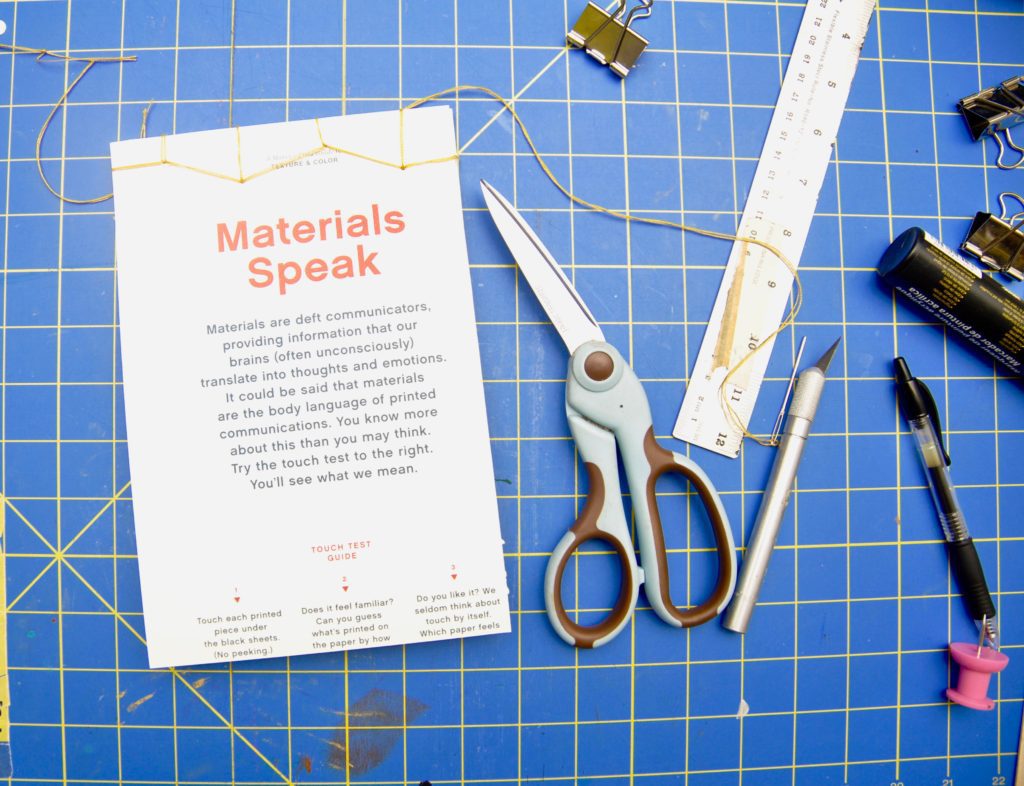Materials Matter

Do you think about the role that your material selection plays in communicating your ideas?
When Meret Oppenheim, created Object, in 1936, choosing to cover a teacup and saucer in fur, caught viewers’ attention. The artist’s choice of materials changed how the object was viewed and used.
I don’t know about you, but I don’t have any interest in drinking tea out of a fur-covered cup.
This might seem like an extreme example, and perhaps it is, but the materials that you select to create your work carry meaning and impact how the finished piece looks.
Often, we start by working with art mediums that we’re used to, or those that are easily accessible. Or, we stick to what we can afford, ignoring the bounty of free supplies surrounding us.

Above, is one line of the AP Studio Art Rubric, and you’ll see that the college board agrees that materials matter. For students to score a 3 in this section the work needs to have relationships between materials (what you use to create), processes ( how you use it), and ideas (what you’re trying to communicate). A first step in exploring materials is brainstorming a list of materials, and then thinking about what they remind you of.
Examples:
Vine charcoal: it breaks easily, rubs onto the paper like dust, will rub off of the paper if a fixative isn’t used. It usually creates grey values, having trouble making it all the way to pure black.
So what kind of idea connections could I make?
- If I want to represent something that is soft… vine charcoal is soft
- If I want to represent something that is weaker, vine charcoal could be a good choice. It’s not as strong as compressed charcoal and needs the fixative to help it to stay on the paper.
Pen and ink: it can’t be erased, it’s not forgiving, and is easy to smudge.
What kind of idea connections can I make to pen and ink?
- I might use pen and ink to represent a strong and confident character.
- I could use pen and ink if I wanted to illustrate a tattoo.
Your turn: list as many materials as you can, think about traditional (those that you buy), and non-tradition (things that you find around your home). Then start to describe them. Next, look at the descriptions and reflect on how those connect to ideas that you want to communicate.